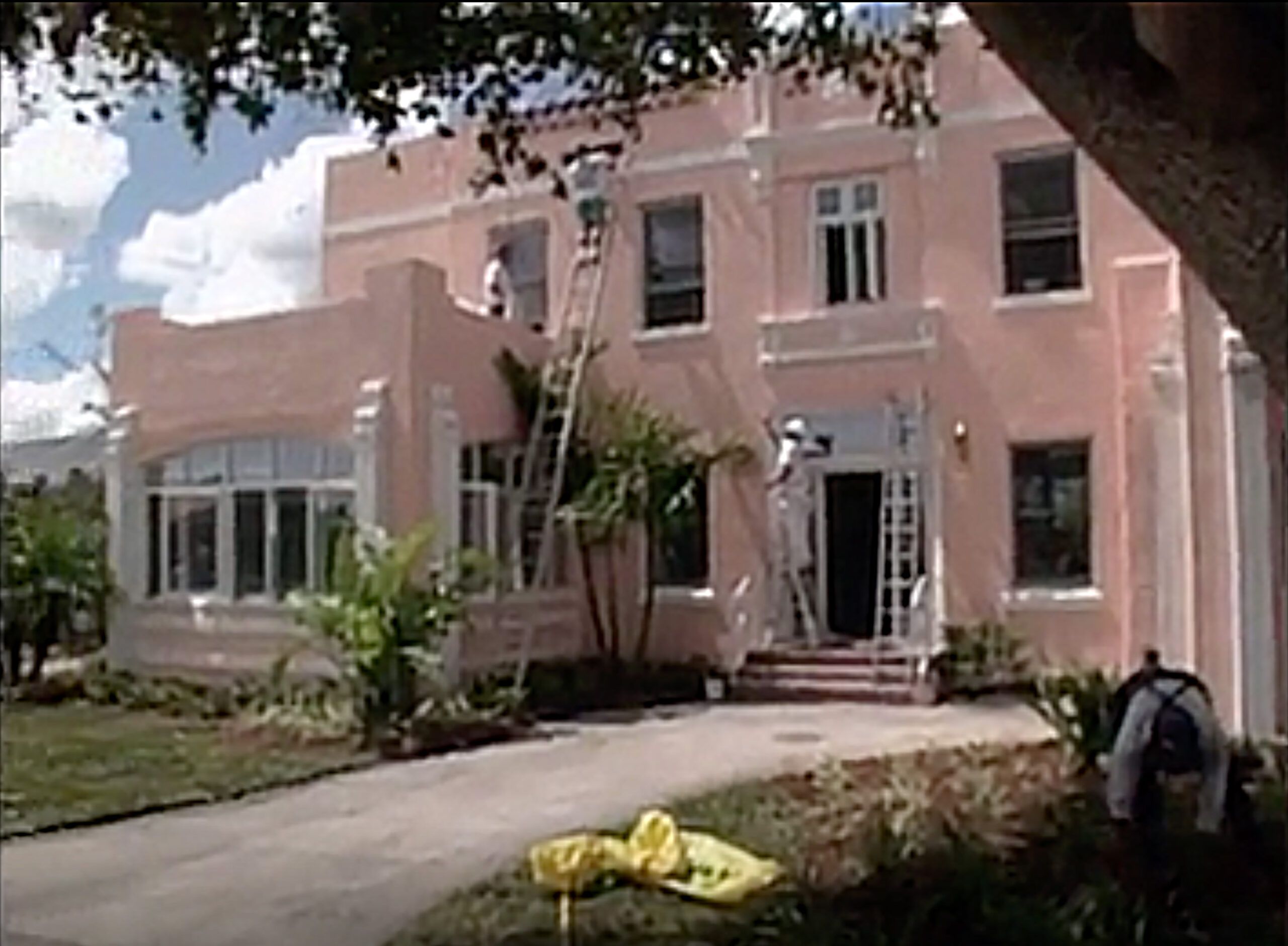No one who was there in the early morning hours of August 24, 1992, will forget Hurricane Andrew’s landfall in southern Florida. Hitting with the roar of a locomotive, with sustained winds of 150 mph, Andrew went on to become the nation’s most costly hurricane, taking more than 60 lives and causing an estimated $22 billion in damage.
We missed that awful day, but not long afterwards we were in south Miami, rolling up our sleeves with the rest of a stunned populace.
“We felt compelled to go and help,” says host Steve Thomas. “There was so much work to be done in South Florida. And for This Old House, it meant saving a wonderful old house.”
We teamed up with architect John Fullerton and noted Miami contractors Richard Groden and Brian Stamp to restore a 1917 Mediterranean Revival-style house owned by 76-year-old Margaret O’Donnell Blue and her children. The two-story, 2,500-square-foot home, with stucco exterior and flat, parapeted roof, was unusual for Rockdale, a typical suburban neighborhood located between Kendall and Cutler Ridge, ten miles south of Miami and one of the areas hardest hit by the hurricane. Once the centerpiece of a 30-acre avocado and mango grove that was subdivided beginning in 1957, the home was now surrounded by ranch houses and gridded streets.
We learned from Margot Ammidown, director of the Dade County Historic Preservation Office, that only 100 houses in the area struck by Hurricane Andrew were deemed historic. Of those, 15 were totally destroyed in the hurricane. In contrast, 75,000 newer homes were damaged in the storm. “It’s amazing that even though the wall of the storm passed right through its neighborhood, the house wasn’t damaged more,” Steve recalls.
“Water intrusion was the worst problem,” noted architect John Fullerton, attributing the durability of the house to its flat roof, which withstood winds that ranged as high as 170 miles per hour. In addition, he pointed out the Dade County pine that was used in the flooring and roof joists. Common in construction prior to 1920, Fullerton said, “the wood was so tough you could barely drive a nail through it.”
Besides repairing or replacing water-damaged floors, walls, ceilings and windows, we tried to bring back many of the house’s original features, restoring the old fireplace, the “Florida room” porch and the recessed front entrance. The ravaged landscaping was put back together using native plants, and the swimming pool received a screen enclosure to insure bug-free enjoyment.
Among the field trips we took, several visits stand out:
- The National Hurricane Center, where then-director Bob Sheets recalled the unfolding events of August 24 and spoke about the state of the hurricane-prediction art.
- “Mt. Trashmore,” one of a dozen huge collection points set up around Dade County to receive the millions of tons of debris that resulted from the hurricane.
- A destroyed tract home, where a structural engineer explained to us the reasons for the house’s failure.
- A tiny Miami factory where traditional clay roof tiles—which we needed for replacement—are still made by hand.
- A classic example of the Mediterranean Revival style, the Carrollton School of the Sacred Heart, in Coconut Grove.

